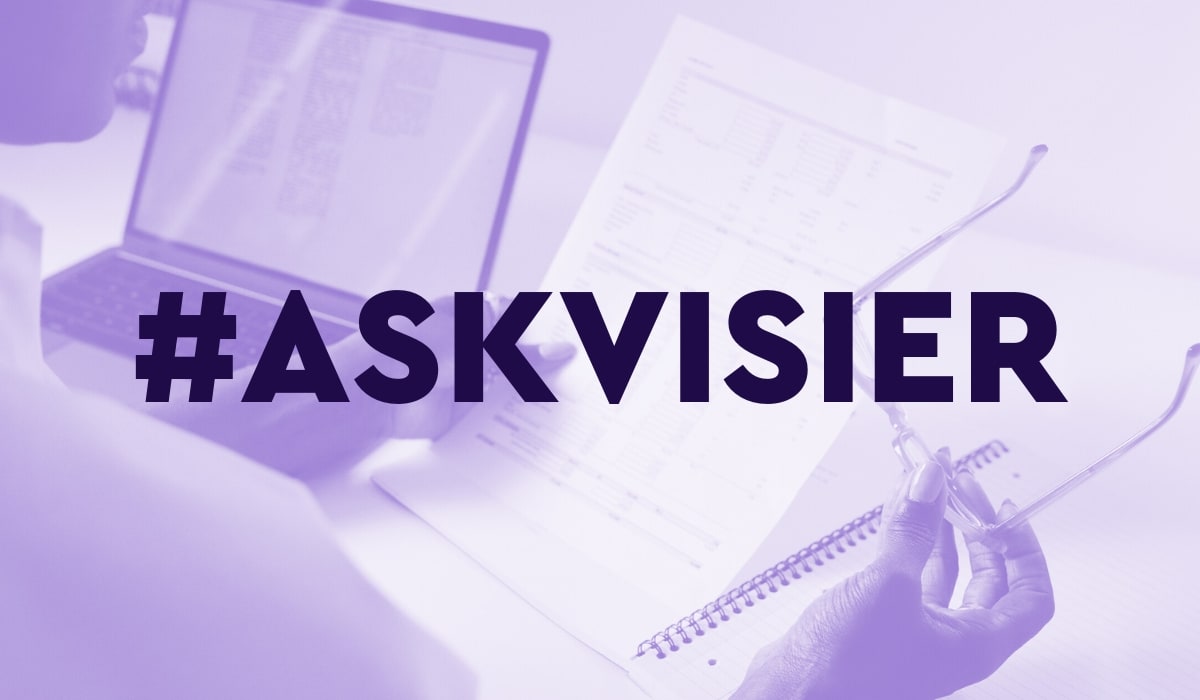Ask Visier: How Much Does it Cost to Replace an Employee?
You know turnover impacts the bottom line, but do you know the true cost of replacing talent? Get the answer from one of Visier’s people analytics experts.

Ask Visier is a weekly column where a people analytics expert dives into one of the 2000+ business questions available in Visier—and shares how to take action on the answers you might uncover on that topic. This week Jon Burton answers this burning question.
When an employee leaves your organization it sets into motion an expensive process to find their replacement—one that may cost one-half to twice the employee’s salary.
Employee turnover is a challenge that nearly every organization has to contend with, but people analytics makes predicting turnover easier so you can proactively try to prevent your highest performers from leaving—while protecting the bottom line.

Why is replacing an employee expensive?
Recruiting, screening, and onboarding new hires costs organizations money as well as time (which, let’s face it, is the most valuable currency). And while entry-level positions are often less expensive to attract and hire, the costs increase the higher the position you need to replace.
For example, the cost to replace a salesperson in a technical sales environment is more expensive than replacing a sales coordinator. This is because the salesperson’s role requires specific skills and experience, which could make hiring harder, and because the salesperson will require more training and time to get to full productivity-level.
You also have to factor in interviewing and onboarding costs, and for some roles, the cost of overtime, contractors or agencies to pick up the work for the person who left while you search for their replacement.
There may even be opportunity costs associated with employees that leave the organization. For example, sales that didn’t happen as a result of a vacancy or an important bit of information from a seasoned employee didn’t get shared with junior staff, which could have helped them efficiently complete a task.
And don’t forget the indirect impacts of turnover, like a negative hit to company morale if high turnover rates are a new issue. You must also watch for turnover contagion, which happens when people quit their jobs simply because other people are talking about leaving, job searching, or actually jumping ship.
How Visier helps you determine employee replacement costs
Visier offers clients a built in multiplier that uses the base pay of departed employees and applies a multiplier to estimate replacement costs by group. We work with our clients to map their job names or job families to one of three groupings:
1. Entry (multiplier of 0.5)
2. Mid (multiplier of 1.25)
3. Executive (multiplier of 2.5)
Based on actual turnover results and budgeted base pay of employees, we provide an estimated cost of replacement for departed employees. Cost estimates vary greatly based on the job, industry, local market for talent, and many other factors. These estimates are conservative.
We also recommend using Visier’s Estimated Replacement Cost Due to Turnover analysis to help frame a discussion with business leaders. While this is only an estimate, the cost of turnover is real and these costs can help jumpstart a valuable discussion with business leaders by moving from turnover numbers to financial costs.
First West Credit Union, one of the largest credit unions in Canada with nearly 250,000 members and 1,700 employees, used Visier People to uncover key drivers of turnover in sales roles. The result of taking action on the insights was a $500,000 reduction in turnover costs and the development of more effective recruiting, hiring, and promotion programs—which led to $2.5 million in revenue generated by the sales people they retained.
Another thing to drill into is any data about why people are leaving, which may be collected through exit surveys. If people state they’re moving on to a different career opportunity, that could suggest they didn’t feel that they could grow within your organization. The levels of voluntary and involuntary turnover relate to completely different issues inside your organization. Having that understanding is key.

An investment in a people analytics solution like Visier helps you effectively mitigate employee turnover costs, get the full picture of your retention problem, and translate people issues into dollars and cents that will get the attention of your business leaders. This then opens the window of opportunity for conversation on your turnover problems and to drive real change.
Read more on using people analytics for employee retention:


